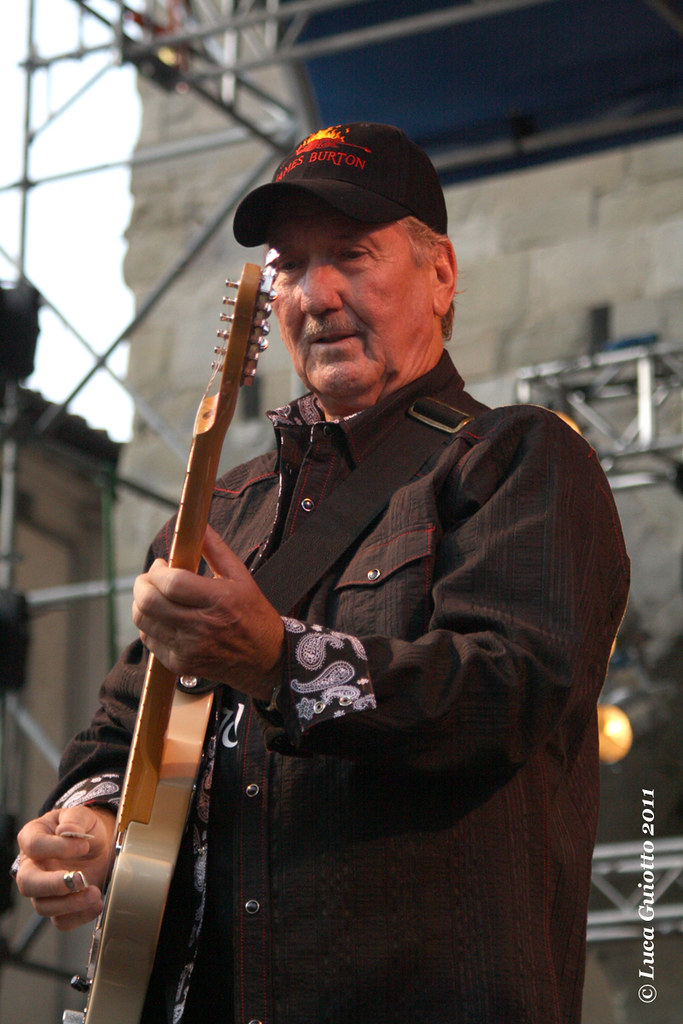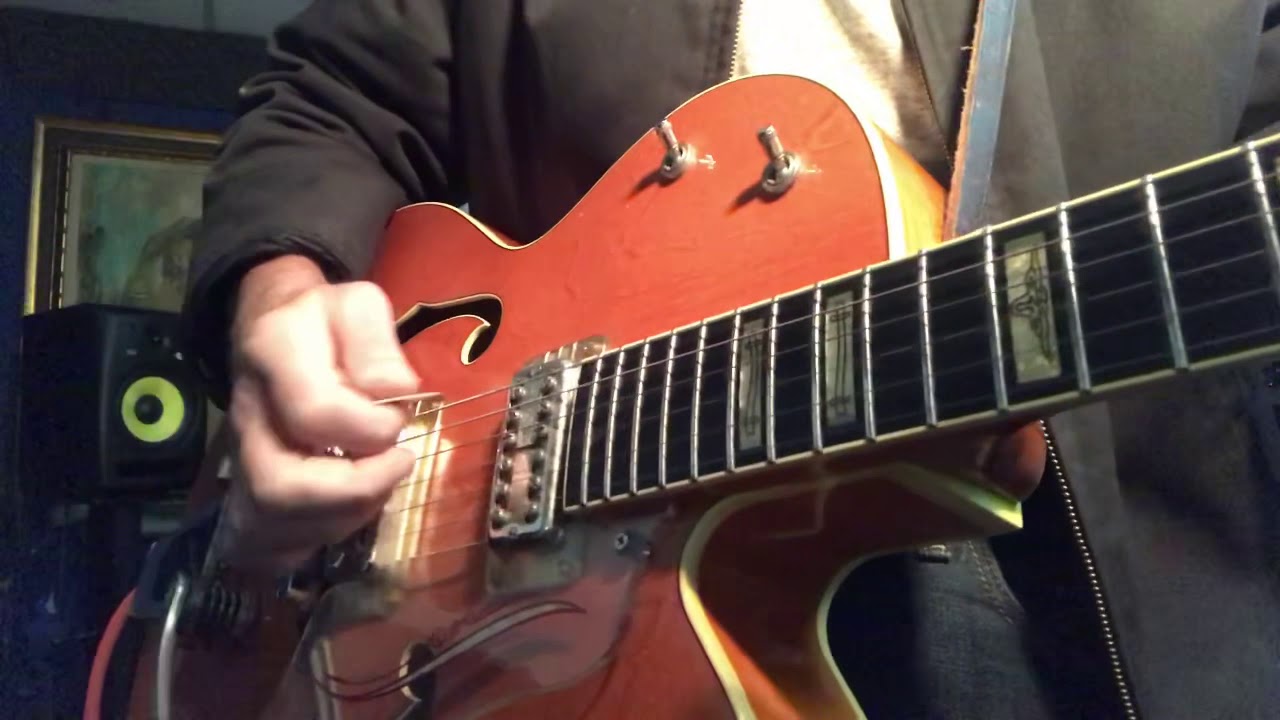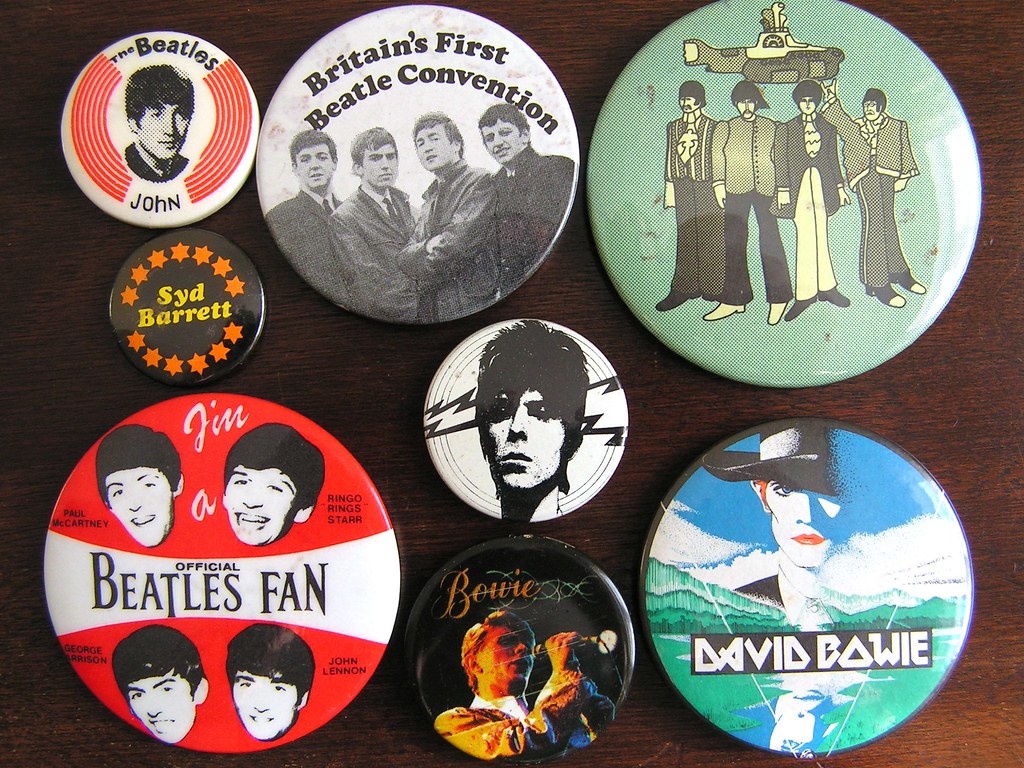James Burton is a name that resonates with guitar enthusiasts worldwide. His innovative techniques have shaped the sound of rockabilly and popular music for decades.
Burton’s unique style is a blend of rock ‘n’ roll, country, and rockabilly. His mastery of the Fender Telecaster has made him a legend in the guitar-playing community.
His “hot licks” are fiery guitar runs that showcase his technical prowess. They are a testament to his ability to play fast and intricate solos without losing clarity. Burton’s influence extends beyond guitarists to other musicians and genres. His contributions to music have earned him a place in the Rock and Roll Hall of Fame.
This article aims to delve into the techniques that made James Burton a master of the guitar. It will inspire guitar players of all levels, music enthusiasts, and fans of Burton’s work. Join us as we explore the life, career, and guitar techniques of James Burton, the master of rockabilly.
Table of Contents
The Legend of James Burton
James Burton’s journey in music began in the 1950s. This was when he captivated audiences with his distinctive guitar sound. Playing with Ricky Nelson, he quickly rose to fame.
Burton’s adaptability allowed him to collaborate with numerous artists. Icons like Elvis Presley, Johnny Cash, and Merle Haggard recognized his exceptional talent. His versatility was key to his sustained success.
The “Master of Telecaster,” as many call him, developed a sound that was both unique and influential. Clean, crisp notes and a distinctive twang defined his style. This set him apart from other guitarists of his time.
His impact went beyond his music. By pushing the boundaries of guitar playing, Burton inspired generations of guitarists. Notable musicians like Keith Richards and Brad Paisley have openly admired his work.
James Burton’s legacy is not just in his recordings. His approach to music—fusing styles, innovating techniques, and maintaining authenticity—continues to influence modern artists. His career is a testament to dedication and creativity in the world of guitar.
Burton’s Signature Sound: The Telecaster Twang
James Burton’s association with the Fender Telecaster is legendary. The Telecaster became his signature instrument, thanks to its unique sound. Its bright, cutting tones perfectly matched his playing style.
The Telecaster’s design allowed Burton to produce crisp and clear notes. This clarity was a staple in his performances. No other guitar could replicate the distinct twang he achieved.
Burton’s technical prowess shone through his work with the Telecaster. His precise picking brought out the guitar’s best qualities. Fans recognized the synergy between Burton and his instrument instantly.
His playing style was characterized by rapid, intricate licks. These “hot licks” were made more vibrant by the Telecaster’s unique sound. Burton harnessed this to create an energetic performance every time.
The Telecaster twang resonated not just with rockabilly but across genres. Burton’s ability to adapt it for various styles showcased his musical versatility. It’s this adaptability that solidified his place in guitar history.
The Rockabilly Revolution and James Burton
James Burton’s influence on the rockabilly genre is profound. In the 1950s, rockabilly was on the rise, blending country and rock. Burton’s guitar style fit this mix perfectly, elevating the genre’s sound.
Working with Ricky Nelson, Burton became a rockabilly icon. His play contributed significantly to Nelson’s success. The pairing of Nelson’s voice and Burton’s guitar was groundbreaking.
His rockabilly contributions were marked by a signature style. This included innovative picking techniques and a driving rhythm. Burton’s guitar work added energy and excitement to the music.
The rockabilly revolution showcased Burton’s versatility. While rooted in tradition, he pushed boundaries with fresh ideas. This combination helped define the genre and influence future music scenes.
Chicken Pickin’ and Other Hot Licks
James Burton is renowned for his “chicken pickin'” technique. This style features crisp, sharp notes that mimic a hen’s cluck. Chicken pickin’ became a staple in both country and rockabilly music.
Burton’s approach involves a blend of fingerpicking and flatpicking. Using a pick and fingers, he creates complex yet melodic phrases. This hybrid picking method gives his music a distinctive sound.
One of the key elements of Burton’s technique is “hot licks.” These are short, fiery guitar runs that showcase his technical skill. They add bursts of energy and flair to any musical piece.
Burton’s hot licks are dynamic and engaging, featuring rapid string sequences. They need precise control and timing to execute effectively. These licks are often seen as a benchmark of virtuosity among guitarists.
The unique nature of his licks sets him apart from other guitarists. They integrate elements of spontaneity and emotion. This blend is a testament to his mastery of the instrument.
Elements of Burton’s Hot Licks:
- Rapid alternation between bass and treble strings
- Frequent use of string bending and slides
- Syncopated rhythms creating an unexpected twist
- Strategic use of silence to heighten impact
- Emphasis on smooth transitions between notes
Burton’s hot licks are more than just technical exercises. They serve the music by enhancing the song’s story and emotion. This focus on complementing the narrative sets his approach apart.
His techniques have inspired countless musicians over the years. Aspiring guitarists often study his hot licks to improve their own skills. Burton’s influence continues to shape the sound and style of modern music.
String Bending, Vibrato, and Expressive Techniques
James Burton’s playing stands out for its expressiveness. A major part of this is his use of string bending. He bends strings to create soaring, emotive notes.
String bending is a technique that changes pitch by pulling the string. Burton uses it masterfully to convey emotions. His bends often mimic vocal inflections, adding depth to the music.
Vibrato is another key aspect of Burton’s style. By rapidly bending and releasing the string, he adds a trembling effect. This creates a voice-like quality that brings notes to life.
Burton’s expressive techniques make each performance unique. His use of string bending and vibrato together is a hallmark of his sound. These skills enable him to communicate feelings through the guitar, captivating audiences with each note.
The Capo and Key Changes: Burton’s Innovations
James Burton’s innovative use of the capo set him apart. A capo, clamped on the neck of the guitar, changes the pitch. This allows for quick key changes and new sonic possibilities.
Burton exploited the capo to create unique sounds. It enabled him to explore different chord voicings easily. This was especially effective for supporting vocalists with immediate tonal shifts.
His mastery with the capo allowed seamless transitions across genres. Key changes became more fluid, enhancing his adaptability. Burton’s technique expanded the expressive range of his music, contributing significantly to his distinctive style.
Collaborations and Career Highlights
James Burton’s collaborations are legendary, marking high points in his career. His journey began when he teamed up with Ricky Nelson in the 1950s. This partnership brought Burton to prominence, establishing him as a sought-after guitarist.
In the realm of rock ‘n’ roll, his work with Elvis Presley is iconic. Burton became part of the TCB Band in 1969. Together, they performed countless live shows, solidifying Burton’s status as a masterful guitarist.
Burton’s versatility is reflected in his work with various artists. From Johnny Cash to Merle Haggard, his contributions spanned multiple genres. Each collaboration showcased his ability to adapt while retaining his unique sound.
Aside from individual artists, Burton was also involved in numerous recordings. His guitar work can be heard on countless tracks that define the era. These recordings are a testament to his enduring influence and technical prowess.
Recognized for his contributions, Burton received several accolades. His induction into the Rock and Roll Hall of Fame in 2001 was a fitting tribute. It cemented his legacy as a pivotal figure in music history, admired by many.
Burton’s Influence on Guitarists and Music Genres
James Burton’s influence on guitarists is profound and far-reaching. His techniques have inspired musicians across multiple generations. Prominent guitarists like Keith Richards and Jimmy Page have cited Burton as a key influence. They carry his legacy into their own unique styles.
Burton’s impact extends beyond individual guitarists to entire music genres. Rockabilly owes much of its guitar-driven sound to his innovative approach. His style blends rock ‘n’ roll’s energy with country twang. This fusion helped redefine popular music in the 20th century.
Even today, Burton’s techniques resonate with modern artists. They incorporate his “hot licks” and chicken pickin’ into their sounds. This ensures his influence is continually refreshed and revitalized. His approach to guitar playing remains a benchmark for excellence.
Burton’s mastery of the Telecaster has set new standards in the guitar world. He taught guitarists the value of melodic precision and rhythmic drive. This has contributed to the evolution of music across various genres and styles.
Learning from the Master: James Burton’s Educational Legacy
James Burton is not only an influential guitarist but also a dedicated educator. He generously shares his knowledge with aspiring musicians. His masterclasses and workshops focus on developing skills and understanding the music’s feel.
Burton emphasizes the importance of timing and emotional connection in guitar playing. He believes that technique should always serve the song. This approach helps students become more expressive musicians. His teachings inspire others to connect deeply with their instruments.
Through educational events like his guitar festival, Burton reaches a broad audience. These gatherings encourage musicians to learn from each other and celebrate guitar music. They provide invaluable opportunities for networking and skill development. Burton’s commitment to education enriches the guitar community.
His lessons extend beyond technical skills, promoting passion and dedication to the craft. This holistic approach ensures his influence continues through future generations. Aspiring guitarists worldwide benefit from Burton’s educational efforts and his enduring legacy.
Conclusion: The Timeless Techniques of James Burton
James Burton’s guitar techniques have left a lasting impression on the music world. His innovative style continues to inspire guitarists across diverse genres. Burton’s approach to playing blends technical skill with deep musical feel.
The enduring appeal of his “hot licks” and expressive playing serves as a benchmark for aspiring musicians. Burton’s commitment to simplicity and serving the song remains a valuable lesson for all musicians. His legacy is both a roadmap and a source of inspiration. Through education and performance, James Burton’s influence extends well beyond his legendary solos. He stands as a testament to passion, innovation, and the art of the guitar.










